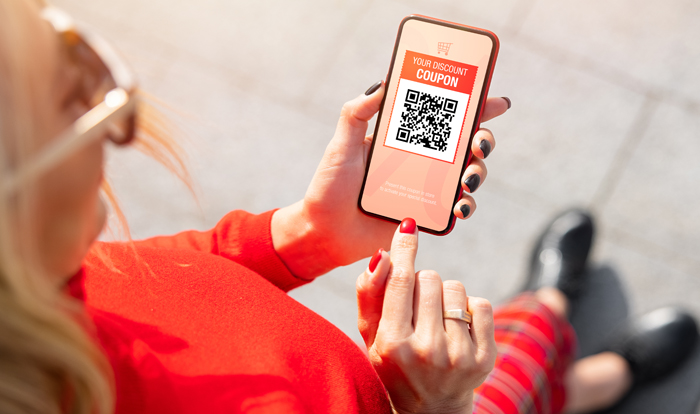If you want to maximize your most loyal customers and keep up with the industry leaders that have an ever-growing digital footprint, you need an amazing app, right?
Not necessarily.
Loyalty programs aren’t one-size-fits-all, so before you invest in the development, maintenance, and ongoing promotion associated with an app, reimagine what your loyalty experience could look like.
Let’s start with what we know:
- On average, 10-20% of customers will download a restaurant’s app.
- On average, 10-20% of customers will sign up for a restaurant’s loyalty program.
- At minimum, a restaurant’s app needs several features — including menu screens, online ordering capabilities, online payments, a loyalty infrastructure, push notifications, and social media integrations.
- More advanced apps require features like geofencing, gamification, a curbside pickup flow, chatbots, and delivery.
- All of these functionalities need to be built to scale.
- The average cost to develop one of these apps starts at roughly $600,000. For very advanced apps, that cost can soar as high as $2M.
- Typically, you can count on spending 15-20% of your development cost on annual maintenance for things like bug fixes, server management, and content updates.
- Apps don’t follow the premise of “If you build it, they will come.” To get the most out of your investment, you will need consistent marketing initiatives to drive both adoption and usage.
In the best-case scenario, you would spend $600,000 to develop an app, then spend $90,000 each year to maintain it. That doesn’t even take into account the money you spend on marketing your app. Even if you don’t opt for any paid promotion, you’ll still need marketers to devote time and resources to it. Are these expenses that you’re willing to incur so that 10-20% of your customers can download your app?
What if there was another way to drive loyalty and accelerate the digital side of your business?
There is.
The mobile loyalty card has become a very viable option for restaurants that want to save on app development and maintenance costs. It’s not all about money, though. Some corporate umbrellas are turning to mobile loyalty cards in an effort to drive more business for the brand overall, instead of just one particular restaurant.
Here’s how it works:
A mobile loyalty card is housed in Google Pay, Apple Pay, and Samsung Pay. With it, customers can redeem offers from any restaurant under the brand’s corporate umbrella. So, whether your customers are craving Italian food, steak, or fish, they can turn to any of your restaurants through the same digital channel.
This is a much more customer-centric option than the traditional app because it meets people where they want to be. The pandemic caused digital wallet usage to soar, with a recent study forecasting that the number of users will reach 4.4 billion globally by 2025. Since people are increasingly getting used to making payments out of their digital wallet, convincing them to do business with your restaurant this way isn’t a tough sell.
A mobile loyalty card is also much easier to activate than the traditional app download. In most cases, you can offer a single-tap enrollment right at the register. And when it comes to customers accessing and tracking their loyalty points, that’s easy too. Everything is stored in the mobile wallet.
The same redemption data can still be leveraged whether your offers are delivered through an app or through a mobile loyalty card. In fact, we work with our partners at Vibes to do just that. Brands can see real-time offer redemptions from mobile loyalty cards, including how they were redeemed (in-store, online, etc.), where they were redeemed, and which customers redeemed them. As a result, you have all of the same optimization possibilities that you would with an app.
If you’re worried about missing out on advanced app features like geofencing and push notifications, you don’t have to be. With the right mobile loyalty card, a customer’s digital wallet can send him a notification when he’s walking by one of your restaurants.
As we go full speed ahead towards 2022, reimagining how your business operates is a very vital step. Head outside the box and consider which technologies, functionalities, and expenses really are best for your organization. When you look at loyalty through a wider lens, you’ll see that the possibilities, technologies, and strategies are endless.

